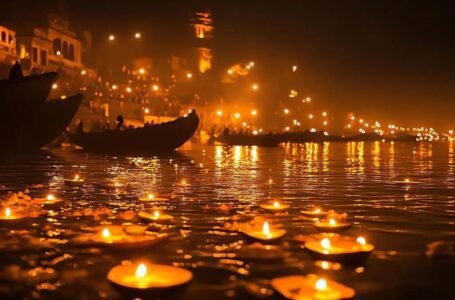Shri Varun Dev Temple: A Sacred Oasis on Manora Island

The Shri Varun Dev Mandir, on Manora Island in Karachi, Sindh, Pakistan, stands as a testament to unwavering faith and timeless devotion. This humble temple, devoted to Lord Jhulelal (Varuna), holds a unique place in Hinduism. Let us embark on a journey to explore its essence.
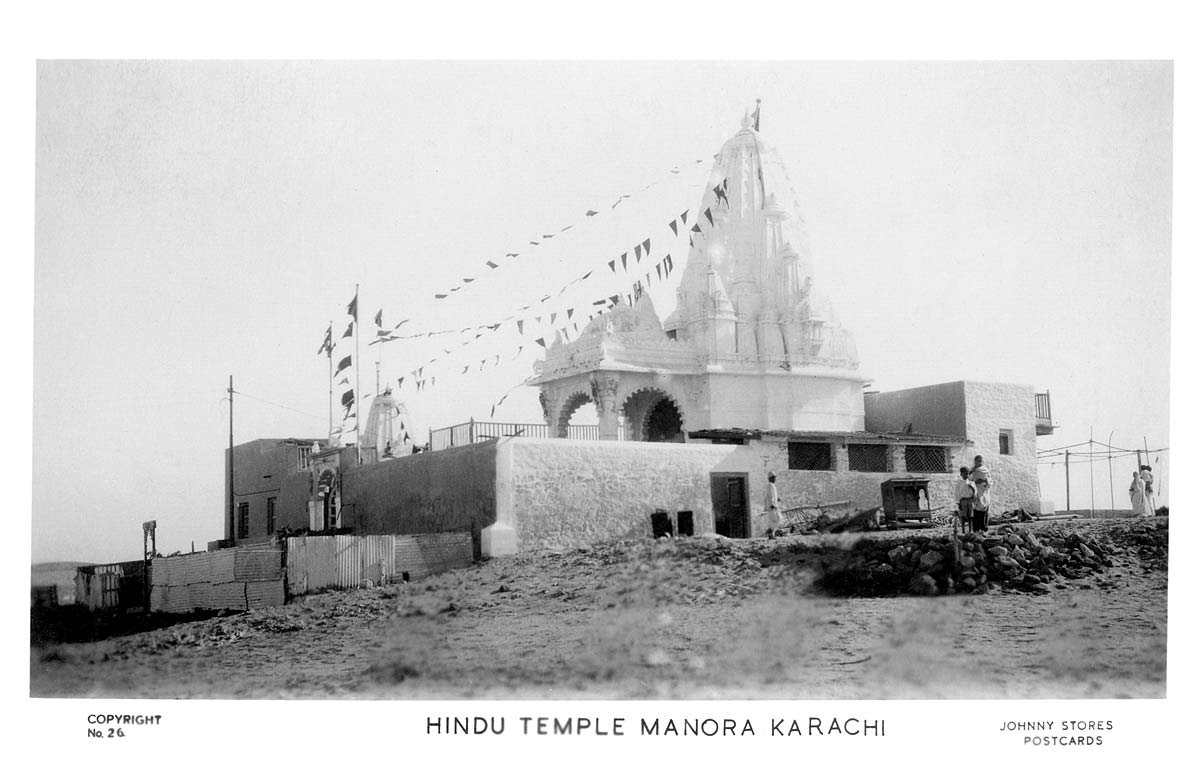
Around the 16th century, a prosperous sailor named Bhojomal Nenshi Bhatia acquired Manora Island from the Khan of Kalat. Inspired by his reverence for Lord Jhulelal, Bhojomal’s family commissioned the construction of this sacred abode. The exact year of its foundation remains veiled in the mists of time, but its legacy endures.
Lord Jhulelal, also known as Varuna, embodies the divine essence of water. He governs the seas, oceans, and the mighty Sindh River. As per the ancient hymns in the RigVeda, the Sindh River dances to his celestial tune. Devotees gather at the temple during auspicious occasions, celebrating festivals like Cheti Chand and Chaliha Sahib. The rhythmic chants, fragrant incense, and heartfelt prayers echo through its hallowed halls. The temple’s architecture follows classic Hindu temple design principles. Intricate carvings, decorative motifs, and vibrant colours adorn its walls, creating a unique aesthetic appeal. The blend of traditional elements with local cultural influences makes this temple a visual delight.
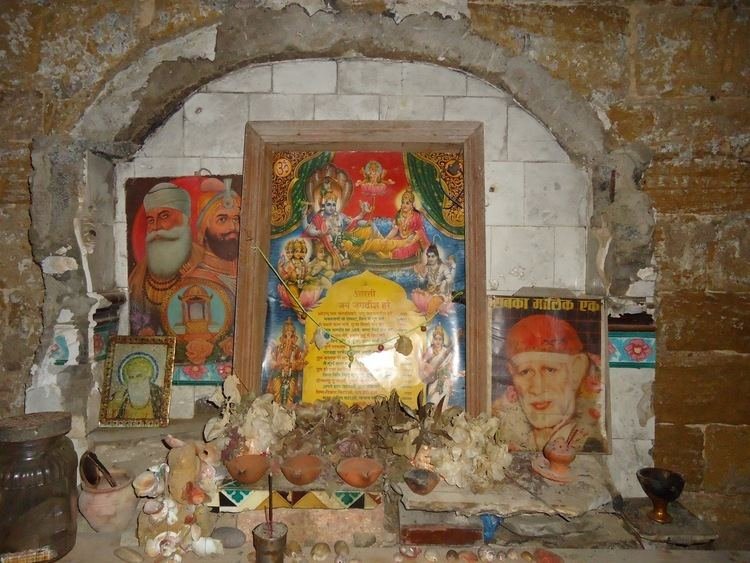
The temple, once weathered by humid winds, stood on the brink of erosion, Thanks to the efforts of the Sindh Exploration and Adventure Society (SEAS), funded by a US government project, the temple was restored in 2018, The rich carvings, once fading, now tell stories of devotion and resilience. The Shri Varun Dev Temple on Manora Island, near Karachi, Sindh, Pakistan, underwent a remarkable restoration process led by the Sindh Exploration and Adventure Society (SEAS).
Let’s delve into the steps they took to revive this centuries-old temple:
The SEAS team prepared a comprehensive plan for rehabilitation. This plan included documentation, screening of additions/alterations, dating, and identifying parts that were in danger of falling. The temple’s resurrection received a grant of $250,000 from the US Ambassador’s Fund for Cultural Preservation. This financial support enabled the restoration efforts to move forward, The temple’s stone structure had suffered erosion due to winds and water over the years. The SEAS team meticulously restored the eroded portions, preserving the intricate carvings, sculptures, and other decorations. The temple’s beautiful tile-work had been mutilated during an act of vandalism. The SEAS team repaired and restored the damaged tile-work, ensuring its original beauty was revived.
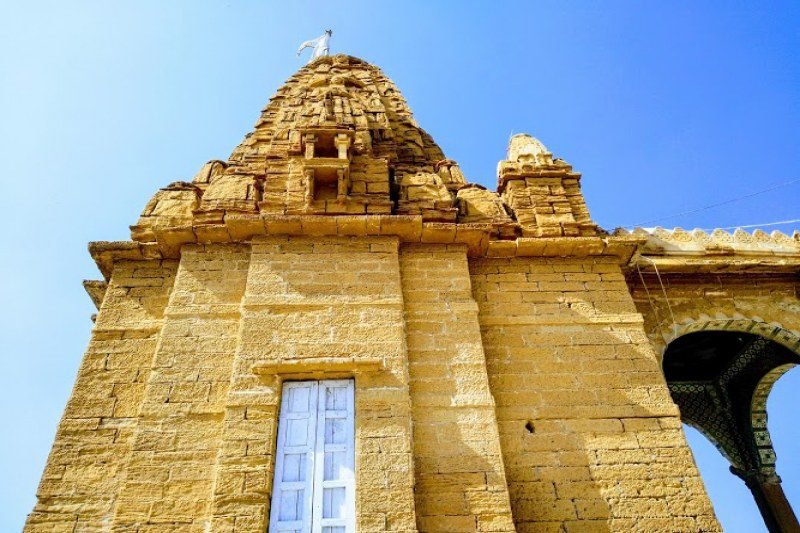
The resurrected temple officially reopened its doors on January 25th. Prior to this, it had been revived for worship in 2015. Manora Island hosts a diverse array of religious sites, including a Hindu temple, a Sikh Gurdwara, a church, a mosque, and a Sufi shrine. Guru Nanak is also believed to have visited the Varun temple, adding to its historical and spiritual significance.
Manora Island, a short ferry ride from Keamari Harbour in Karachi, Sindh, Pakistan, holds a fascinating history. Beyond the Shri Varun Dev Temple, this serene island boasts several other historical sites. Let’s explore them:
The iconic Manora Lighthouse stands tall as a symbol of maritime heritage. Built during the British colonial period, it guided ships into the bustling Port of Karachi. Visitors can climb to the top for panoramic views of the island and the Arabian Sea. St. Paul’s Church, one of the oldest structures on the island, dates back to 1864. This colonial-era church offers glimpses into the past and reflects the island’s multicultural heritage. The Old British Cemetery holds the final resting place of British officials and their families.
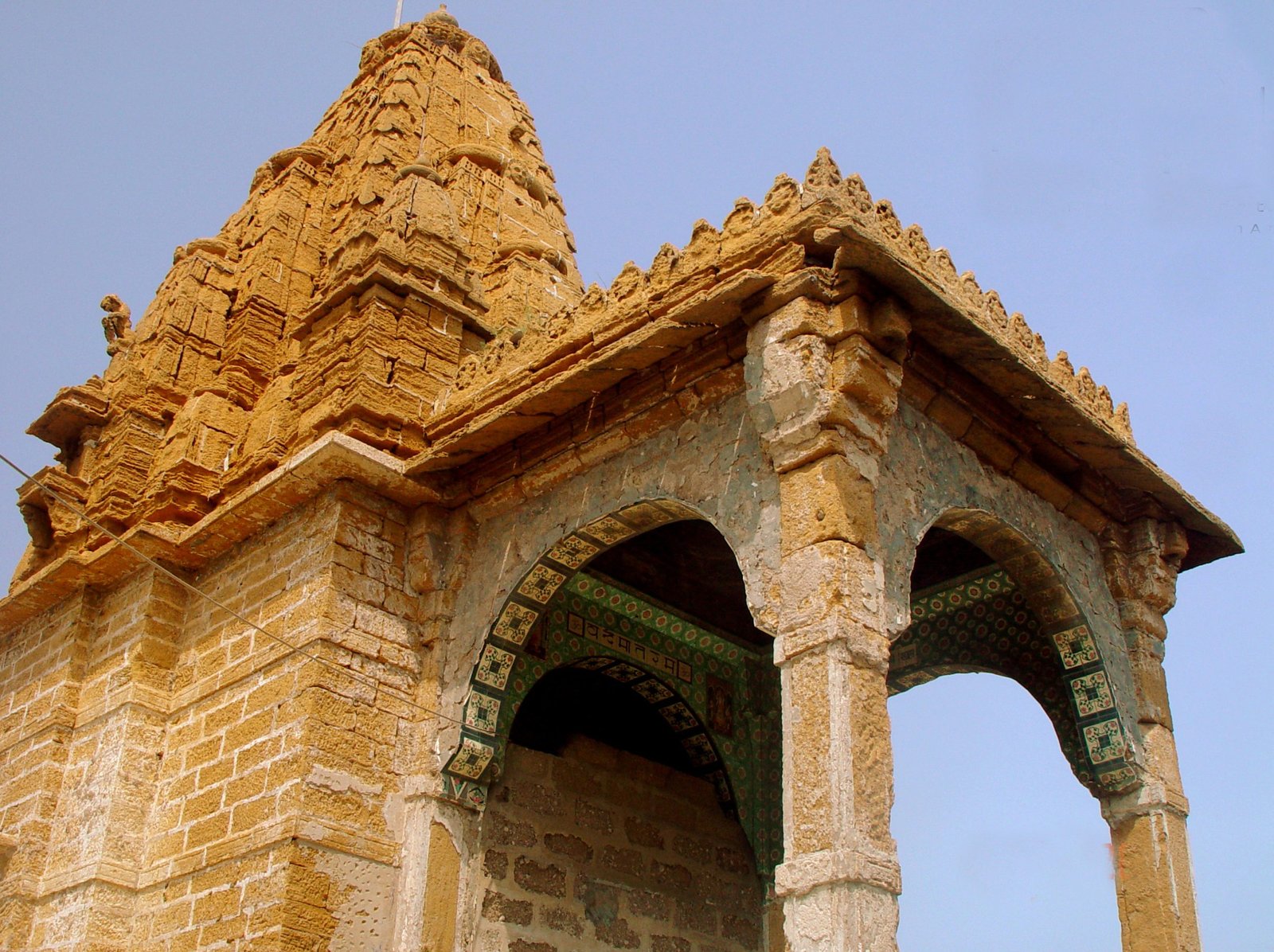
The tombstones reveal stories of lives lived and lost during the colonial era. Manora Island is home to a vibrant and culturally rich community. Representing various ethnic groups—
Muhajirs, Punjabis, Sindhis, Christians, Kashmiris, Seraikis, Pakhtuns, Balochis, Memons, Bohras, and Ismailis—the island thrives with diversity. While not suitable for swimming due to strong currents and pollution, Manora Island offers a small beach. The endangered mangrove forests along the Sandspit and Manora enhance the area’s ecological significance.
Locals speak of a ghostly apparition—a veiled woman who roams the island at night. She is said to be a forlorn lover, waiting for her sailor husband lost at sea. Some claim to have glimpsed her near the Manora Lighthouse, her sorrowful eyes haunting the moonlit shores. Legend weaves a tale of Bhojomal Nenshi Bhatia, the wealthy sailor who acquired Manora Island, Bhojomal, it is said, buried a treasure chest somewhere on the island—a fortune waiting to be discovered, Adventurers and dreamers still search for clues, hoping to unearth the lost riches, Manora’s coastline conceals the remnants of ancient ships—shipwrecks that met tragic fates, Sailors whisper of phantom crews who haunt these wrecks, their anguished cries carried by the salty winds, Some believe that touching these timeworn hulls brings misfortune—a curse lingering across centuries, On moonlit nights, the sands of Manora are said to sing, As the tides recede, the grains emit a melodic hum, enchanting those who listen closely, Is it the echo of forgotten sailors or the island itself expressing its secrets.
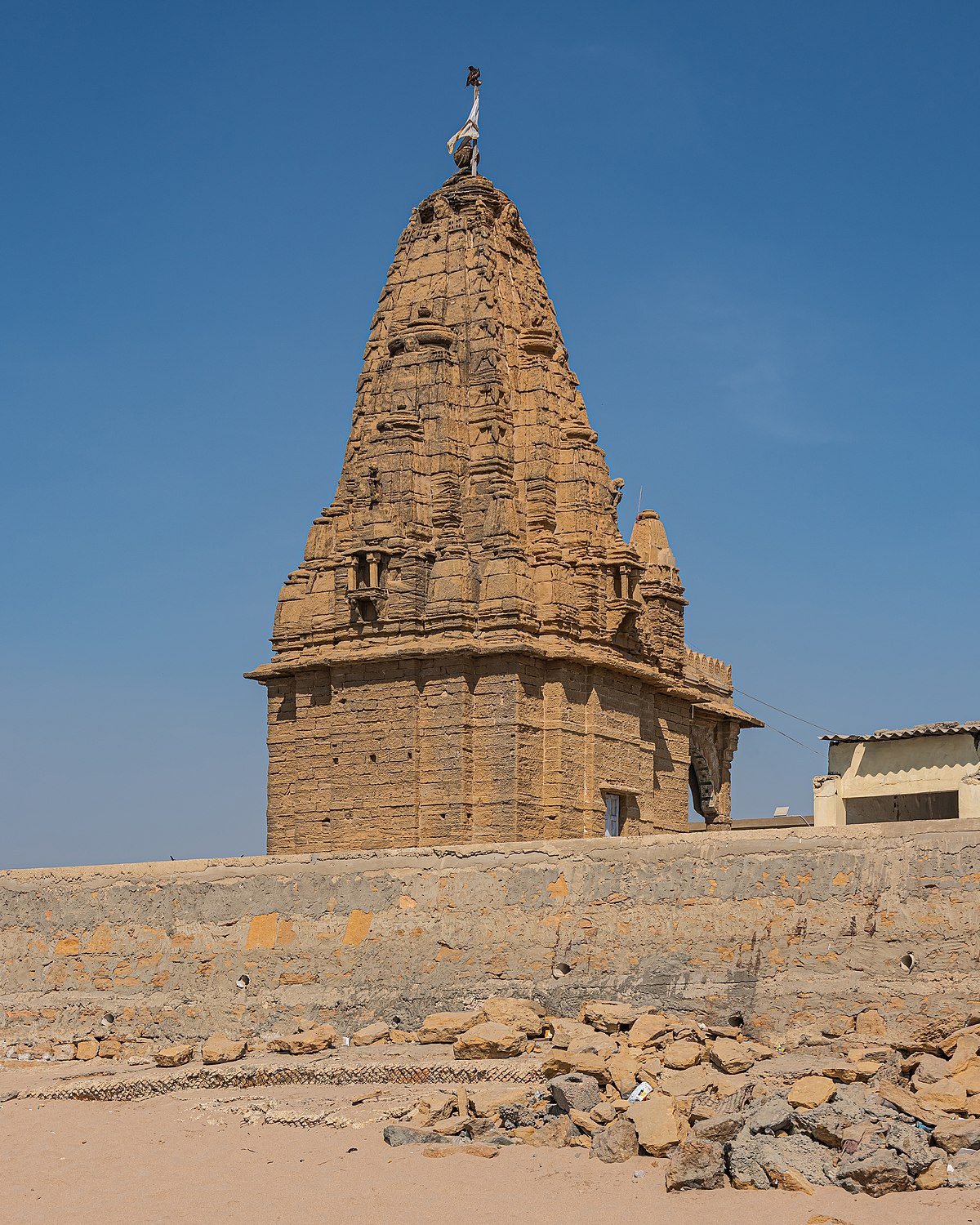
St. Paul’s Church, with its weathered stones, harbours more than memories, Islanders believe that guardian spirits watch over this colonial-era church, Visitors report feeling their presence—a comforting embrace amidst the salt-laden breezes. Certainly! The Cursed Shipwrecks around Manora Island add an air of mystery and intrigue to this coastal region.
Manora’s coastline conceals the remnants of ancient ships—shipwrecks that met tragic fates, Sailors and locals whisper of phantom crews who haunt these wrecks, their anguished cries carried by the salty winds, Some believe that touching these timeworn hulls brings misfortune—a curse lingering across centuries, These shipwrecks are more than decaying vessels; they hold secrets of lost cargo and hidden treasures, Adventurers and treasure hunters have sought these riches, but the curse seems to guard them fiercely, As waves crash against the rusted metal, it’s said that you can hear echoes of ancient sailors—their laughter, their cries, and their final prayers, The sea remembers their stories, and the shipwrecks become portals to the past.
Shri Varun Dev Temple stands as a timeless sanctuary. Its white marble elegance reflects the devotion of countless pilgrims who seek solace here. The temple’s sacred aura resonates with the rhythmic tides of the Arabian Sea, whispering ancient legends of Varun, the God of water. As the sun dips below the horizon, casting a golden glow upon the temple spires, one can’t help but feel a sense of reverence and peace.

